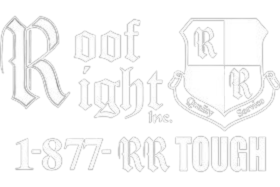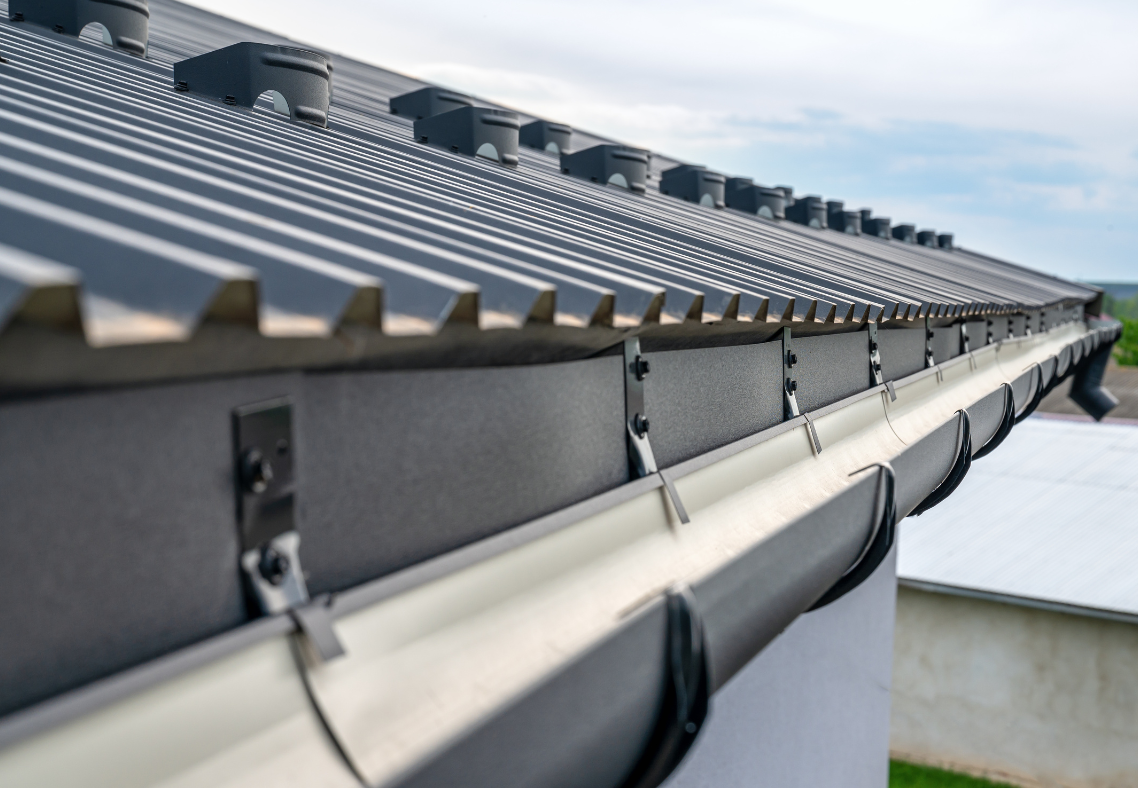The Different Types Of Gutters MD Homeowners Should Know About
Roof Right: Exterior Home Remodeling Specialists in Maryland Contact UsSchedule A Free EstimateFor Maryland homeowners, particularly those in Carroll County, selecting the right type of gutter system is critical to protecting your home from water damage. Gutters play an essential role in directing rainwater away from your roof, walls, and foundation. Without a properly functioning gutter system, you could face issues like basement flooding, soil erosion, and structural damage to your home. However, not all gutters are created equal. Different styles, materials, and installation methods offer a range of benefits depending on your home’s needs and your budget. In this guide, we’ll explore the most common gutter types along with the various materials available for each. By understanding these options, you can make a well-informed decision about the best gutters for your Maryland home.
The Different Types Of Gutters MD Homeowners Should Know About
K-Style Gutters
K-Style gutters are the most commonly installed gutters in modern homes. In fact, about 80% of homes feature K-style gutters. These gutters are named after the “K” shape of their cross-section, and their design mimics the look of decorative crown molding found on the inside of homes. Not only does this design give them a sleek and modern appearance, but it also offers added strength. K-style gutters are known for their durability and their ability to handle a high volume of water, making them ideal for homes in Maryland that experience heavy rain. The design includes multiple bends and folds, which add rigidity and help them withstand the weight of water and debris without bending or sagging. K-style gutters typically come in two sizes: 5-inch, which is the standard size, and 6-inch, which is better suited for homes with larger roofs or areas with higher rainfall.
These gutters are flush against the fascia board, providing a clean look and preventing water from running down your walls. Available in various colors and materials, K-style gutters can be customized to match or accentuate your home’s exterior, making them an aesthetically pleasing option for most homeowners. However, K-style gutters do have some downsides. Their angular design means that they are more likely to trap debris, such as leaves and twigs, which can lead to clogs. They also tend to corrode over time if not properly maintained, particularly when made of aluminum or steel. Regular cleaning and maintenance are essential to keeping these gutters in good condition.
Half-Round Gutters
Half-round gutters offer a more traditional look and are often seen on older or historic homes. As the name suggests, half-round gutters are shaped like a half-circle with an open top. This simple, rounded shape allows for better water flow and makes it easier for debris to pass through without getting stuck, which means less frequent clogs compared to K-style gutters. While half-round gutters provide an elegant, classic appearance, they are less common in modern homes but are often preferred for historic buildings due to their architectural compatibility. They are frequently made from materials like copper, which ages beautifully and forms a patina over time, giving the home an even more rustic look. That said, half-round gutters are also available in aluminum, galvanized steel, and vinyl.
One significant advantage of half-round gutters is their smooth interior surface, which reduces the likelihood of debris buildup and rust formation. Additionally, because there are no creases or angles inside the gutter, water flows smoothly, reducing the chances of standing water and corrosion. However, half-round gutters tend to be more expensive than K-style gutters, both in terms of materials and labor. Installation is also more complex, as the gutters require special brackets and hangers. This style is not as efficient at handling large volumes of water during heavy rain, and its shape makes it more vulnerable to damage if hit by falling branches or debris.
Box Gutters
Box gutters are commonly seen on larger buildings and commercial properties, but they can also be used for residential homes with expansive roof areas. These gutters are unique in that they are not mounted along the edge of the roof like traditional gutters. Instead, they are built into the roof structure itself, making them an integral part of the roofline. This hidden design offers a sleek and minimalistic look that is perfect for homeowners who prefer their gutters to blend seamlessly with the roof. Box gutters have a high back that extends beneath the roof’s shingles, ensuring that water is channeled away from the home without any risk of leakage along the roofline. Because they are built into the roof, box gutters are typically installed during the construction of the home or during a major roof renovation. Retrofitting box gutters into an existing home requires extensive work, including removing part of the roof.
One of the main advantages of box gutters is their ability to handle large volumes of water, which makes them ideal for homes with large roofs or for areas that experience heavy rainfall. These gutters are typically larger than K-style or half-round gutters, with standard sizes starting at 7 inches and going up to 10 inches or more. While box gutters offer excellent water management and a seamless design, they are more expensive and labor-intensive to install. Maintenance can also be more challenging, as they are integrated into the roof structure, making them less accessible for cleaning and repairs.
Materials Used for Gutters
Choosing the right material for your gutters is just as important as selecting the style. Different materials offer varying levels of durability, maintenance needs, and cost. Here are some common materials used for gutters:
Vinyl Gutters
Vinyl gutters are an affordable and lightweight option, making them popular among DIY homeowners. However, they are not as durable as other materials and may crack or warp in extreme weather conditions. In Maryland, where temperatures can vary, vinyl gutters may need to be replaced more frequently.
Aluminum Gutters
Aluminum gutters are rust-resistant and relatively lightweight, making them easy to install and maintain. They have a longer lifespan than vinyl gutters, lasting around 25 years, but they can still be prone to cracking if exposed to extreme temperatures or heavy impacts.
Galvanized Steel Gutters
Galvanized steel gutters are sturdier than aluminum and can handle heavy rainfalls without bending. However, they can rust over time, so proper maintenance is essential. They are best suited for homes in areas with high rainfall.
Zinc Gutters
Zinc gutters are known for their durability and low maintenance. They form a protective patina that prevents rust and corrosion, giving them a lifespan of up to 50 years. Zinc gutters are more expensive than aluminum or steel but offer long-term reliability.
Copper Gutters
Copper gutters are the most durable and longest-lasting option, with the potential to last up to 100 years. They resist rust, warping, and extreme weather conditions. While they are the most expensive gutter material, their longevity and aesthetic appeal make them a worthwhile investment.
Contact Roof Right For Gutter Installations In Carroll County, Maryland
Whether you’re installing new gutters or replacing old ones, Roof Right has the expertise and experience to help you choose the best option for your home. Our team has been serving Hampstead, Westminster, and the greater Carroll County area for over 25 years, providing professional gutter installation and maintenance services. Protect your home from water damage with the right gutter system. Contact Roof Right today to schedule a consultation and learn more about our gutter installation services.
Areas We Serve
If you're looking for a roof contractor in Maryland, give Roof Right a call today at (410)-374-5923 to schedule an appointment!
Carroll County
Howard County
Clarksville, Columbia, Elkridge, Ellicott City, Fulton, Jessup, Laurel, Woodstock
Montgomery County
Baltimore County
Baldwin, Bradshaw, Carney, Cockeysville, Glen Arm, Hunt Valley, Jacksonville, Kingsville, Lutherville, Nottingham, Overlea, Owings Mills, Parkton, Parkville, Perry Hall, Phoenix, Pikesville, Reisterstown, Sparks, Timonium, Towson, White Marsh

